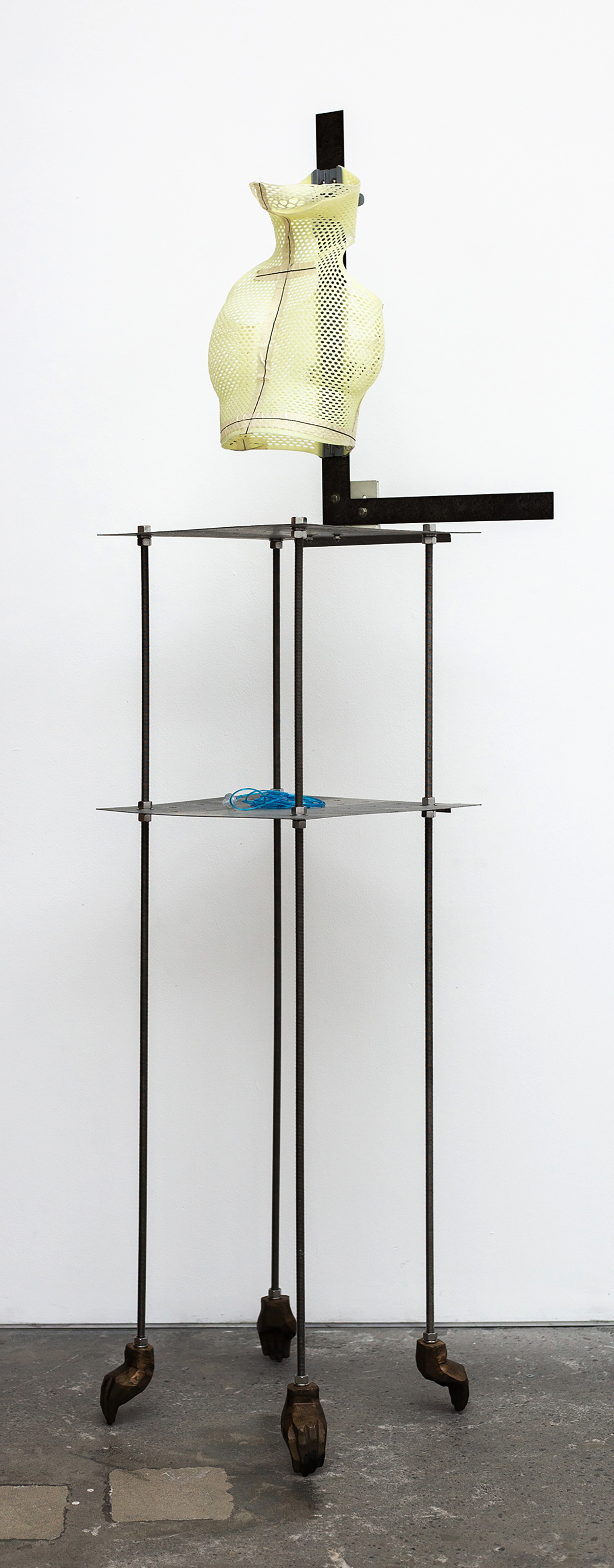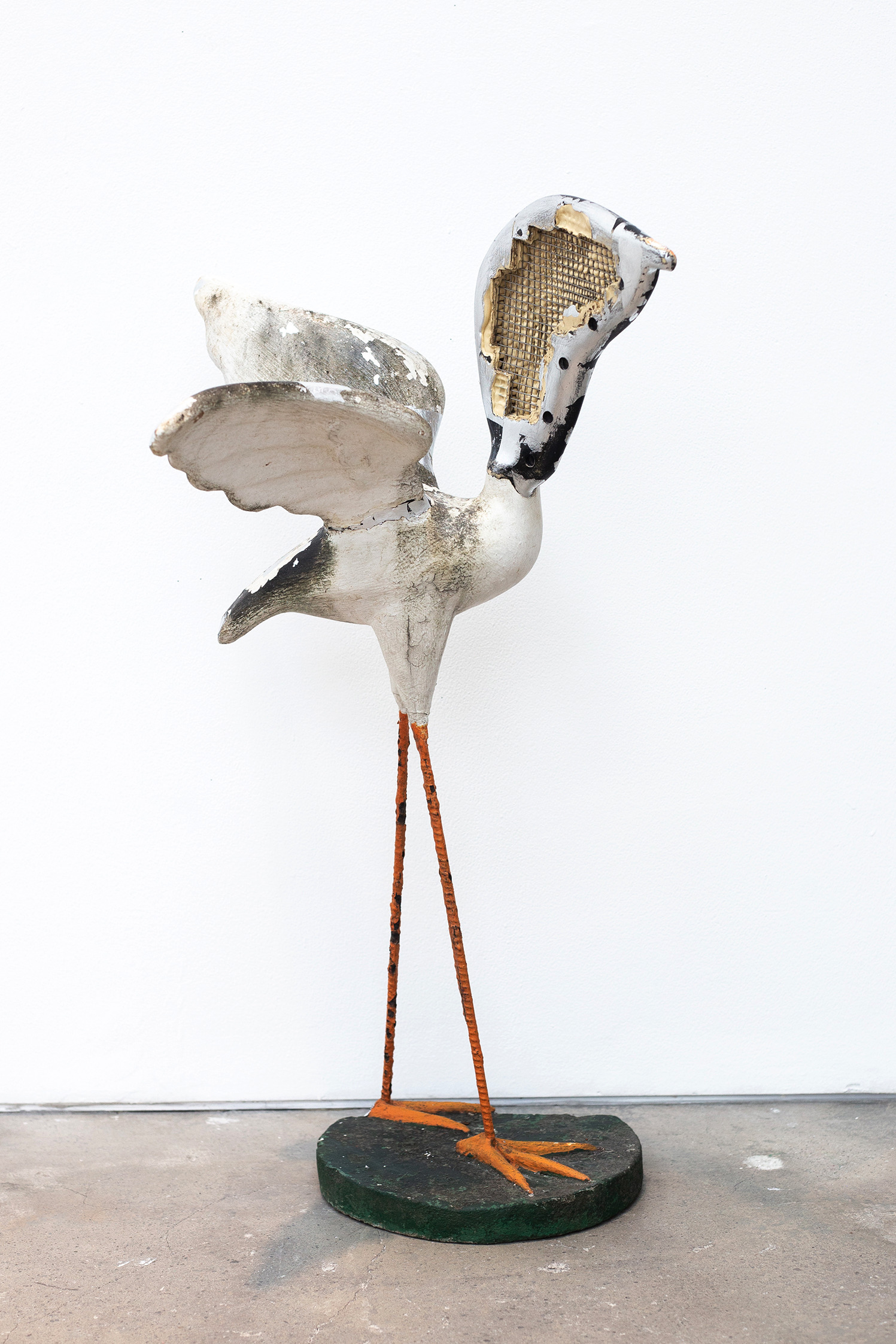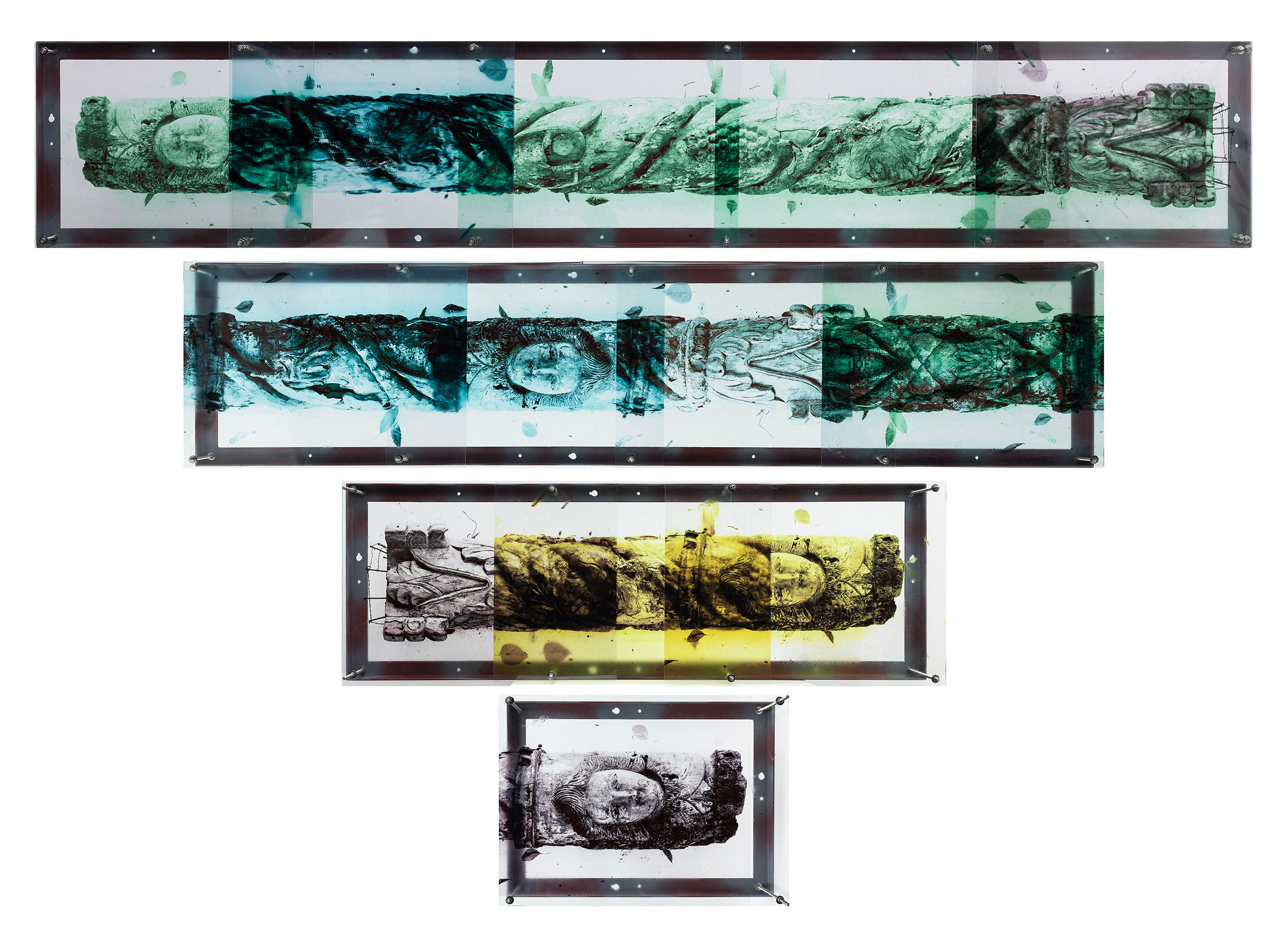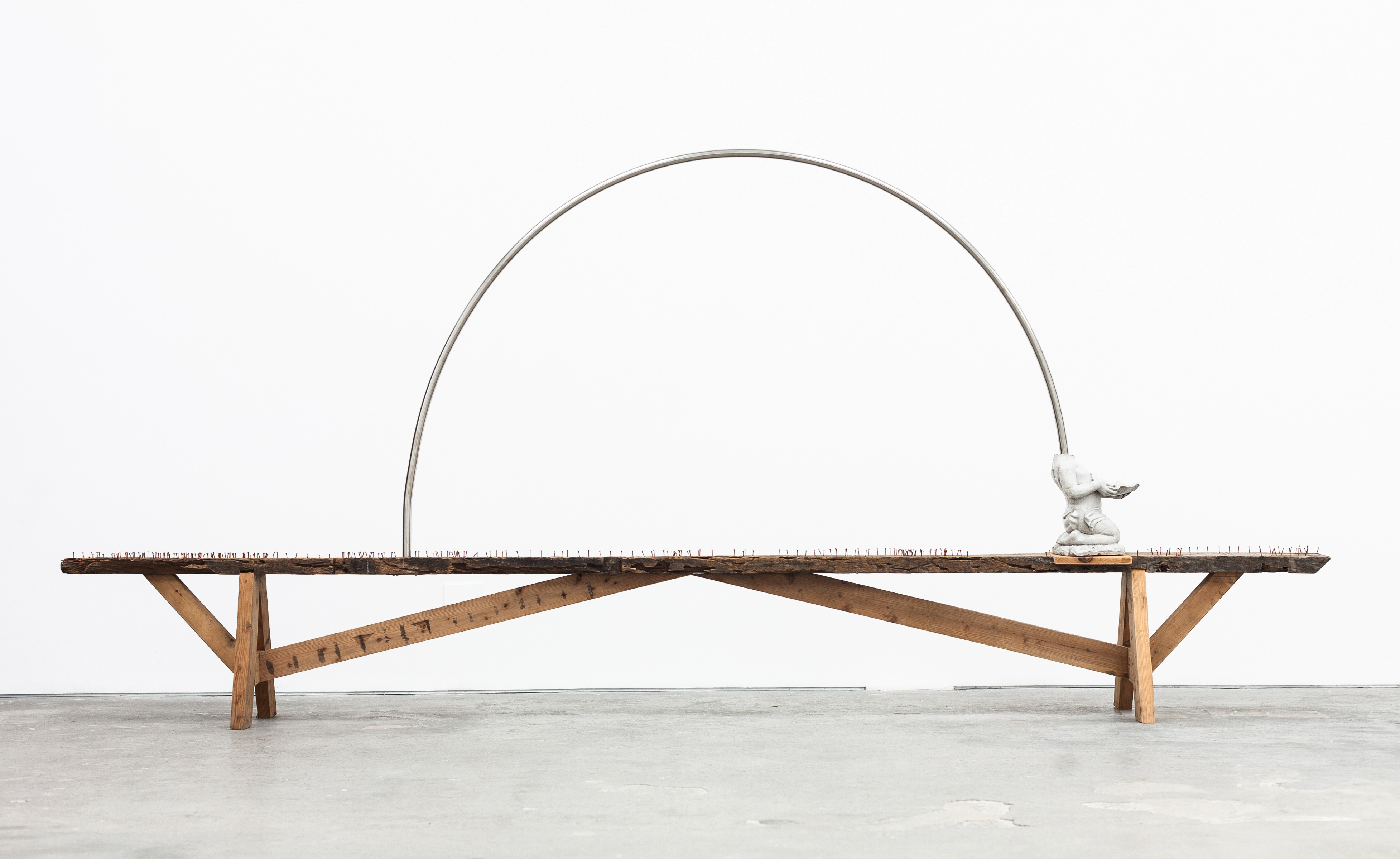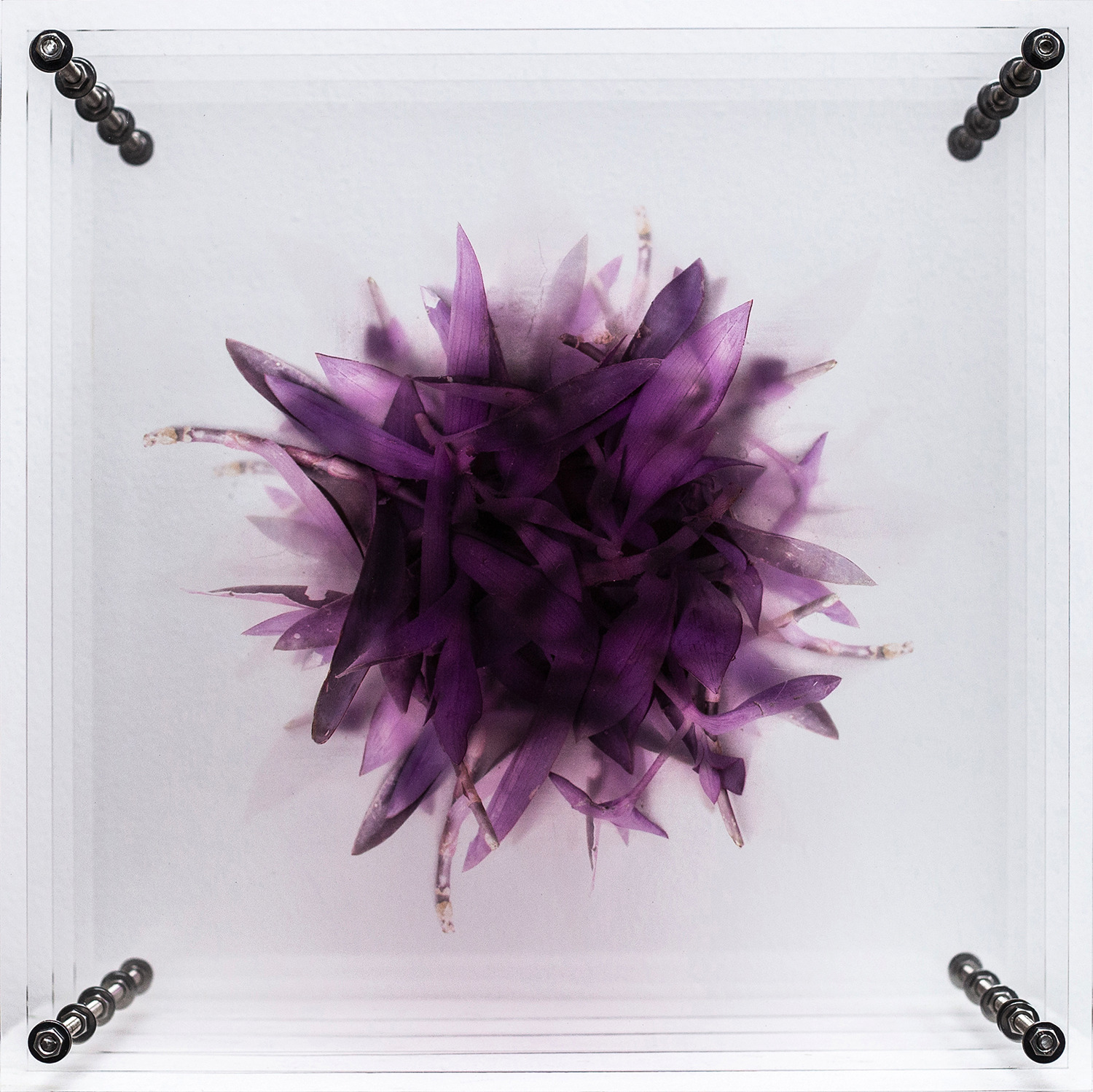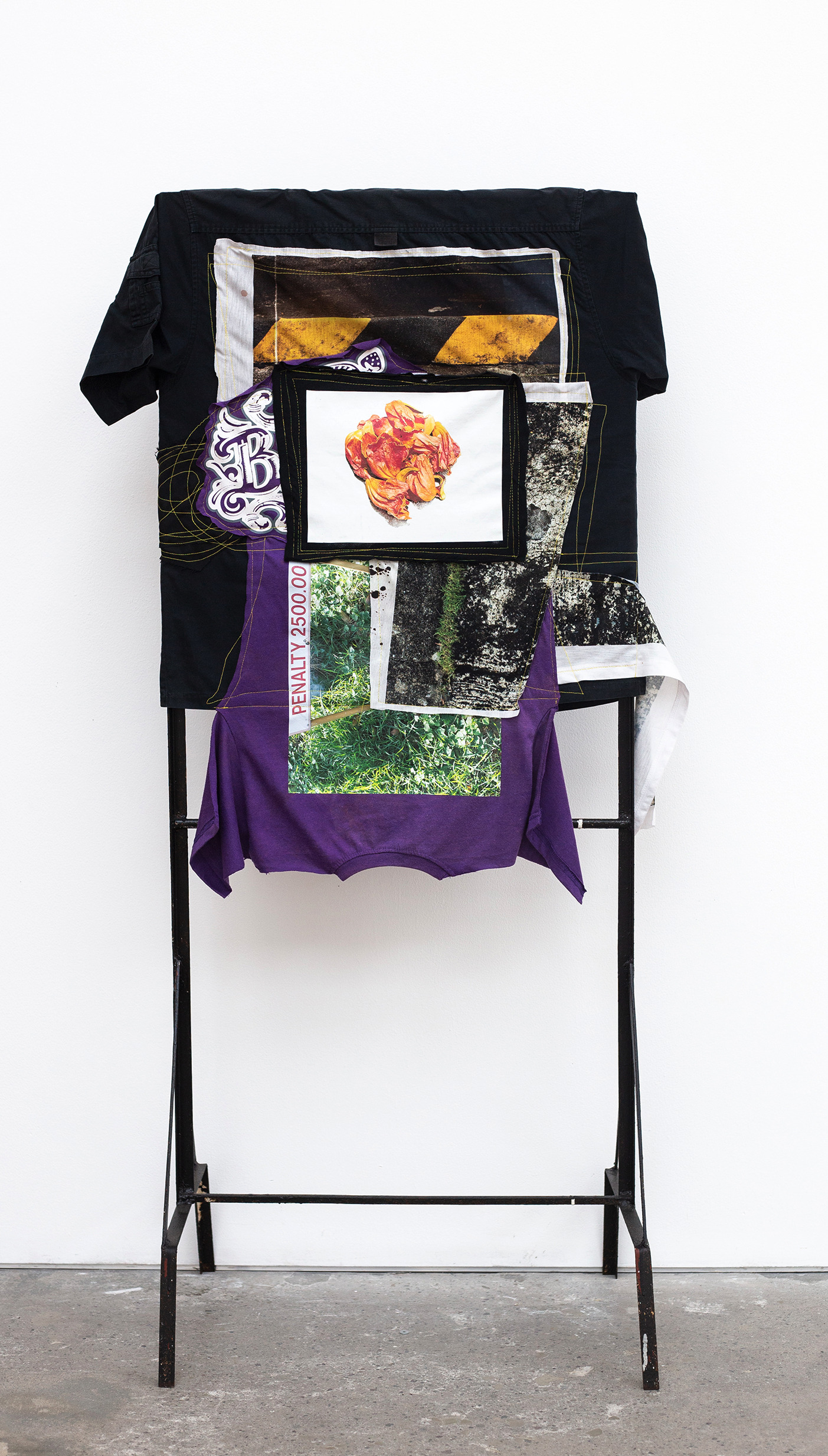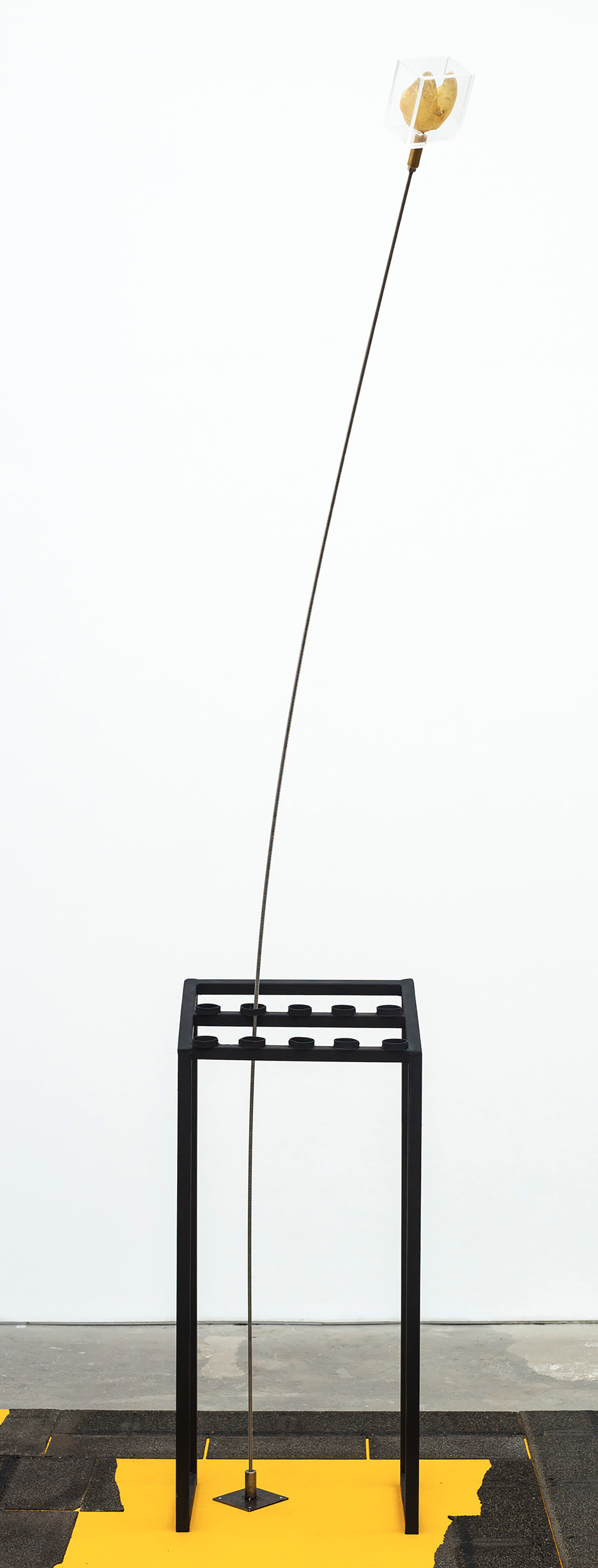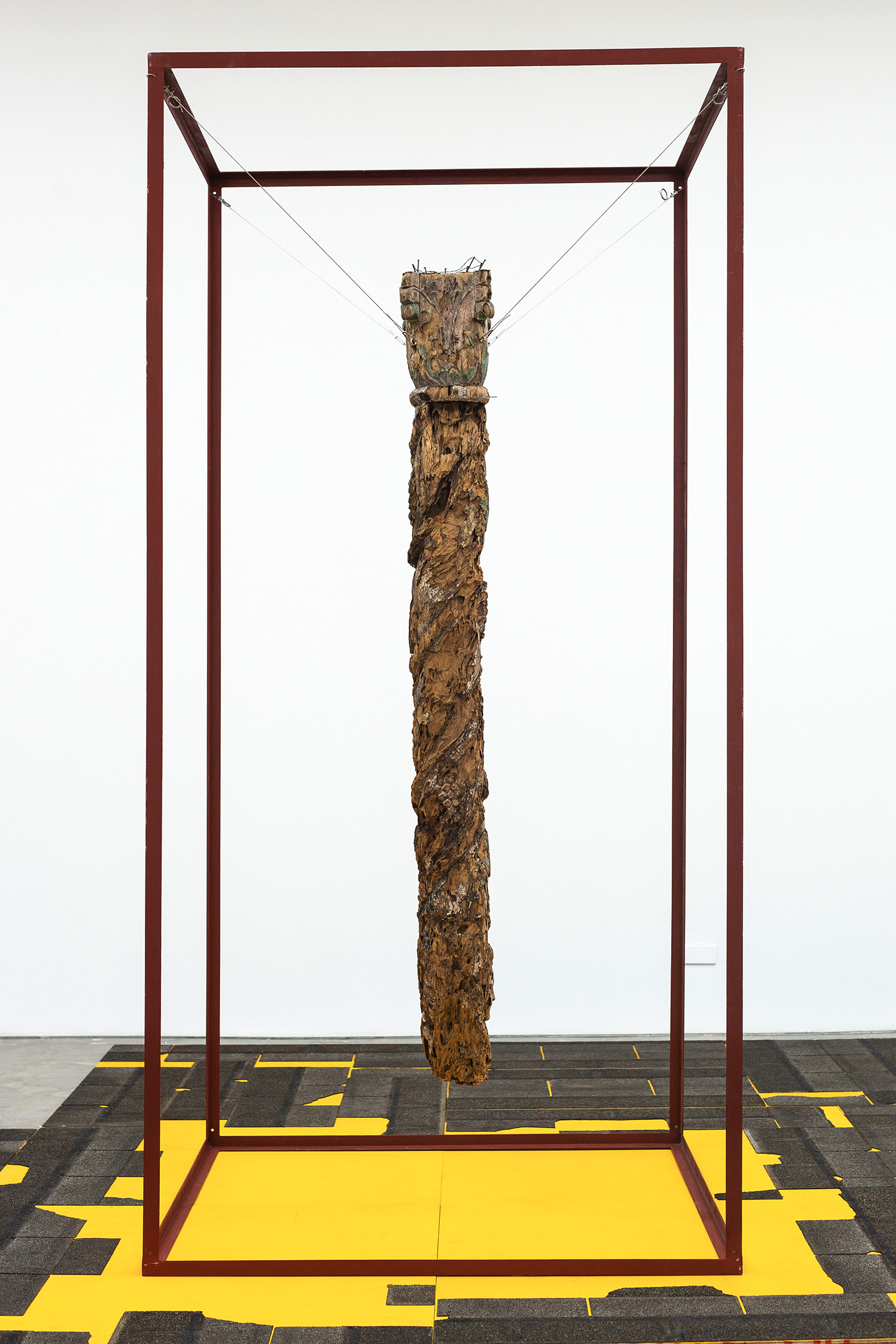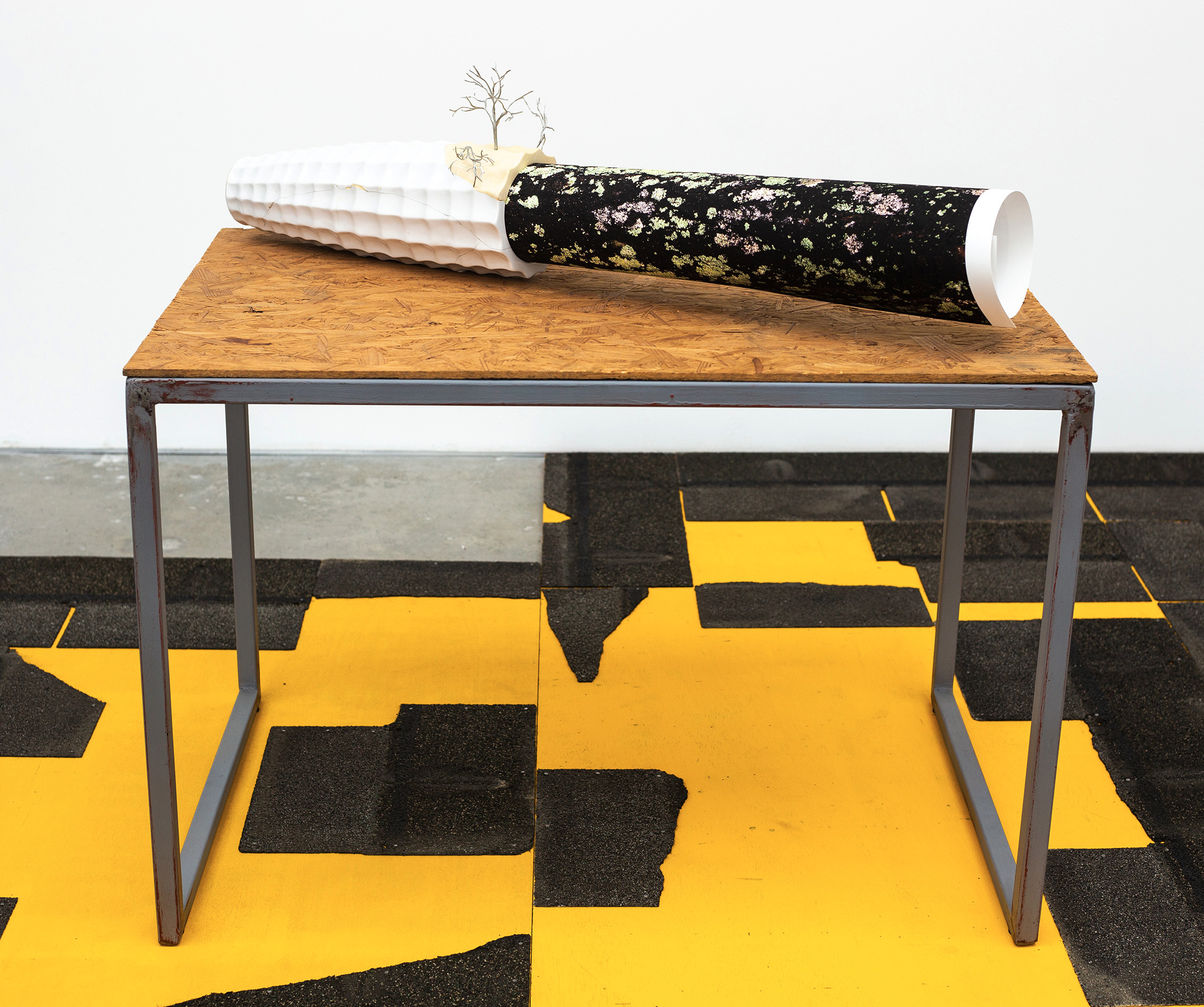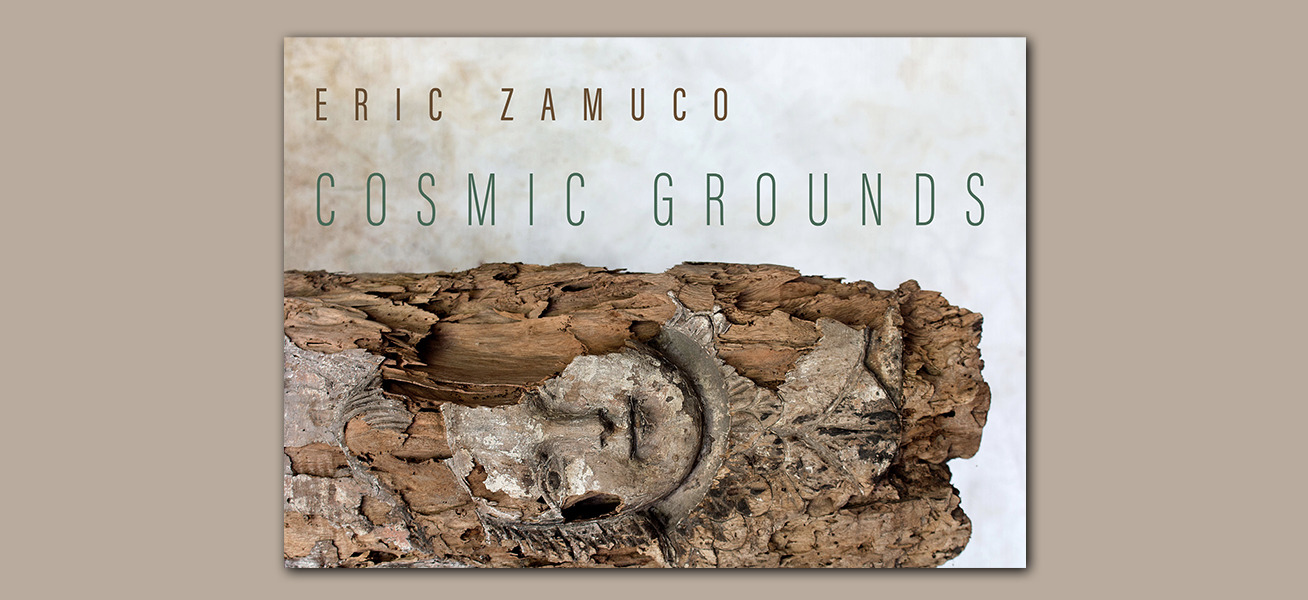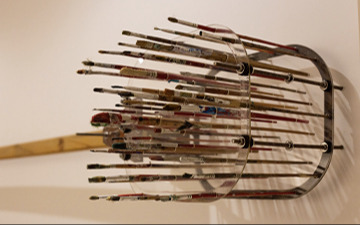
Cosmic Grounds
Eric Zamuco
Silverlens, Manila
Installation Views
About
Energy is never created nor destroyed. It is only converted from one form to another.
Zamuco’s artistic practice in relation to discarded and disfigured material has always been a question in transformation and reassembly. There is no aim to restore fragmented objects, only an acknowledgement of the passing of time and inevitable decay.
Cosmic Grounds takes off after a string of health scares in 2017, which prompted a series of walks around Zamuco’s neighborhood and family province. His first exhibition in two years, Zamuco has slowly built a personal archive of items found while he was in transit—a broken vase, headless heron, and termite-eaten pillar, among others. While not initially drawn to the material itself, Zamuco’s fascination with the objects came from their discarded and shattered state. Most of the objects he encountered were fragile, if not broken, disposed of by other people: undeniably deemed as irrelevant waste.
It’s almost solemn, like walking into a church of discarded material. Zamuco’s arrangements are uncanny: there is a bent metal rod that replaces a kneeling figure’s head, a carpenter’s square runs through a body frame that once was used to stabilize a patient during radiation therapy, a votive candle stand houses a seaweed bulb. Zamuco’s found roof shingles are strewn across the floor, laid out like a puzzle atop the concrete. There’s something strangely sacrilegous about walking on an artwork. We are conditioned not to confront, only to skirt to the side and walk over. We step, tentatively, and our bodies are led into discovering these objects that were once broken but now take hold of a new life. Are we meant to kneel before their presence?
Rather than searching, these objects had come to him. Not having scoured through junkshops for any of the elements in the exhibition, Zamuco’s inclination to work with these materials was not a reaction to happenstance, but to providence. To the artist, coming across these objects felt almost fated, an uncontrollable event reminiscent of the unpredictability and frailty of our own bodies.
Zamuco leads us to walk into the objects he had previously walked into before. Haunting and nearly ominous, they are misshapen and deformed, losing a limb or two, and dirtied through days of sitting out in the open. The dim light of the space leads us to readjust our vision. Items are encased in metal frames, forged together, mended, and suspended. Without outstretching our arms, we still somehow know what it feels like to reach out and touch the chipping wood, stitched fabric, and copper nails.
These objects had once belonged to someone, had once served a purpose, but were later on disposed of. One can assume that it was because most of them were disfigured, lost of its previous function and therefore were left to deteriorate on the roadside. Zamuco’s attention to these objects is a work of renewal. The objects are transformed and made anew, speak wholly different truths, and are documentations of theirs and the artist’s journey. Maybe in this same line, it’s also worth asking: what will happen to our energy when our functions no longer work?
Text by Arianna Mercado
Eric Zamuco's (b. 1970, Manila, PH) body of work has been about filtering the ordinary and the unfamiliar. It has persisted to be about responding to objects, materials and circumstance, in a particular time and place. Zamuco's themes run the gamut from views about dislocation, identity, post-colonial narratives, spirituality, geopolitics to the need for reclamation of space. His works, which are of a diverse range of media, including sculpture, installation, photography, drawings, video and performance, serve not only as social commentary but also as self-critique. The intention in transforming the commonplace is to pull the immaterial and possibly find knowledge for some kind of human order.
Works
